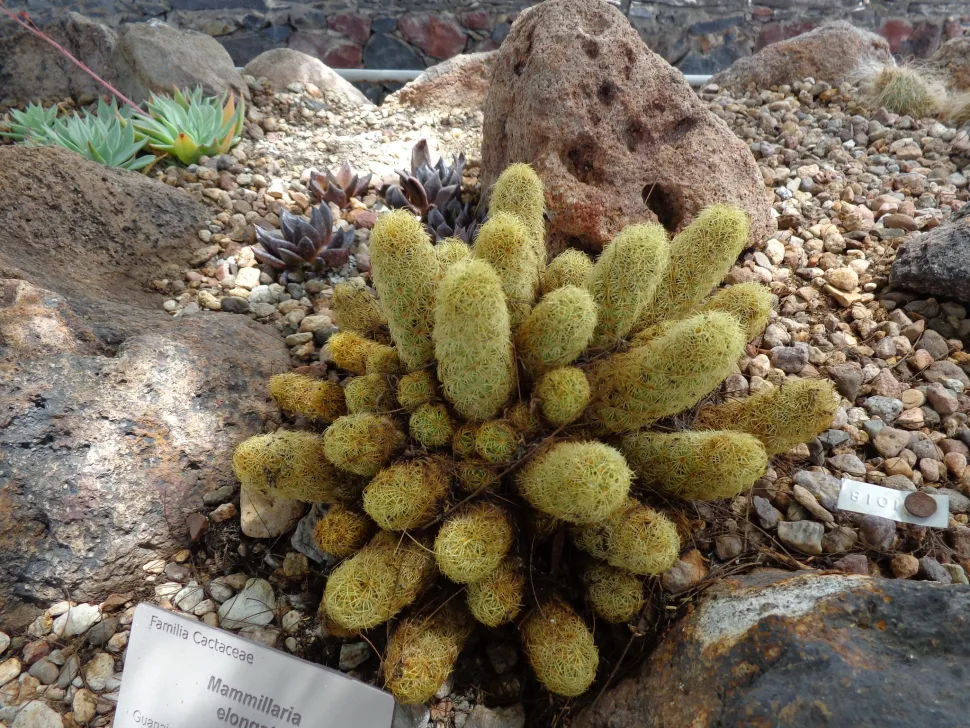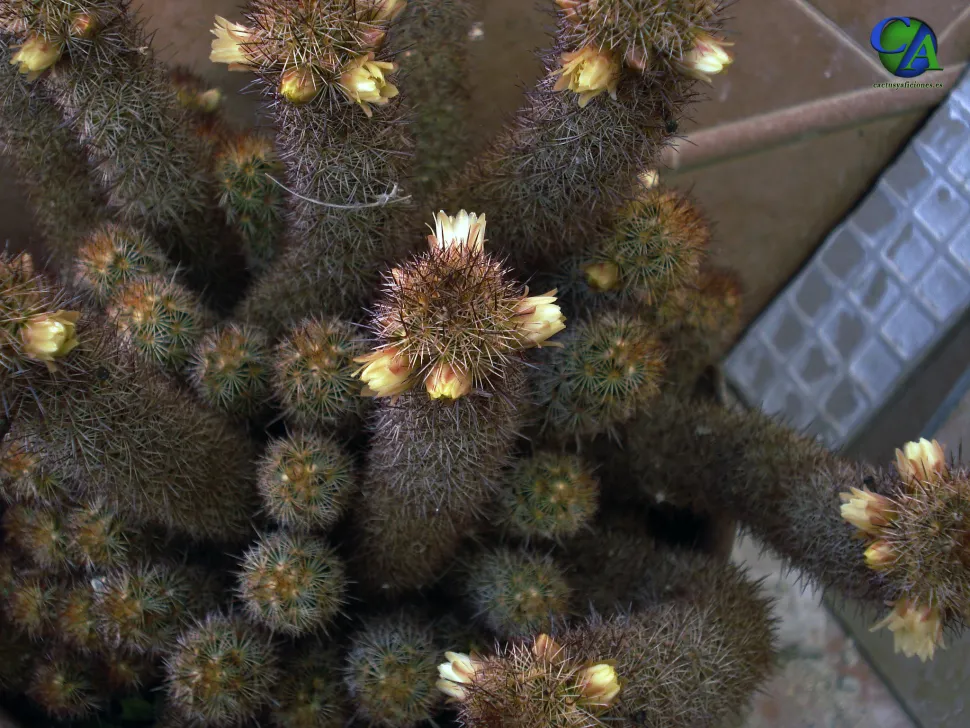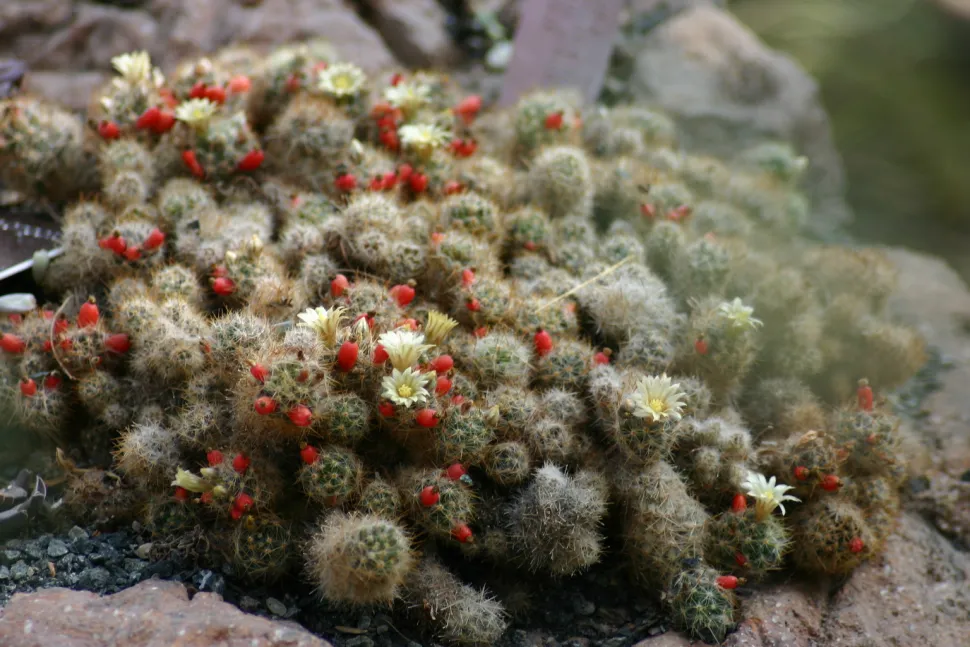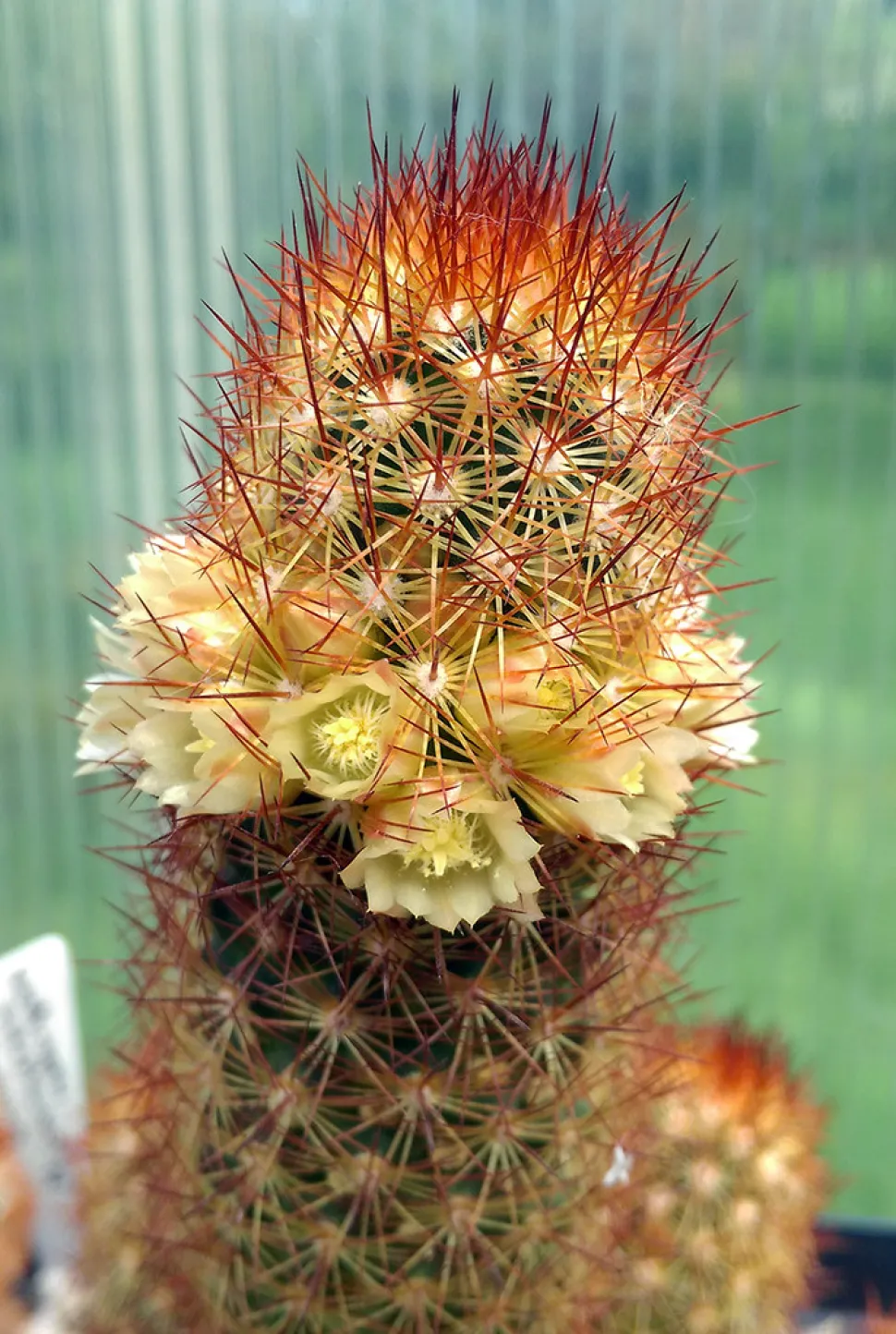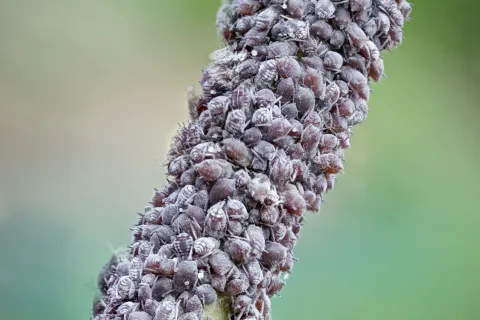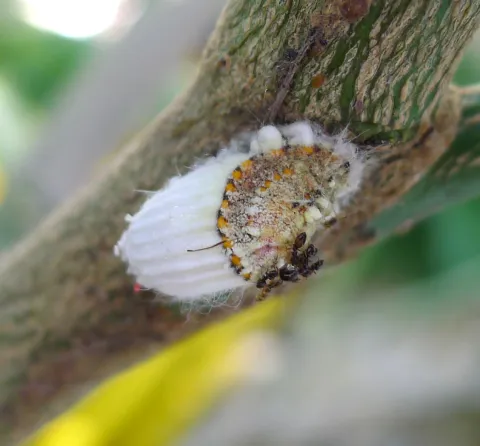Mammillaria elongata, a flowering cactus
Roses aren't the only plants with thorns and flowers. Mammillaria elongata, a variety of the Cactaceae family native to Mexico, has delicate pink, white or yellow flowers.
How to recognize Mammillaria elongata?
Mammillaria elongata is an upright succulent plant. Larger than mammillaria bombycina, it grows to a height of 50 centimetres in its natural environment, but only 30 centimetres when grown in pots or in our latitudes. After a few years, this cactus produces shoots. It then forms a dense, bushy shrub.
The cylindrical stem does not exceed three centimetres in diameter. In older specimens, the base lignifies. The light green of the stem almost disappears under the yellow or brown prickles borne on conical nipples and pale yellow areoles.
In spring, yellow, white or pink flowers bloom at the top of the stems. Funnel-shaped, they measure less than two centimetres in diameter.
The cactus then produces pink, elongated fruits. They contain the seeds that enable the plant to multiply.
Mammillaria elongata is not toxic. However, its thorns can cause injury. Be careful if you live with young children or pets. Remember to wear protective gloves when moving or repotting your cactus.
Our maintenance tips
Your plant needs watering in winter only when the temperature is above 18°C. If it spends the off-season outdoors or in an unheated greenhouse, you can stop watering between November and March.
Watering
Water your Mammillaria elongata when the soil has dried deeply. Use water at room temperature to avoid damaging the roots. If you can, use rainwater or non-calcareous water.
Never leave water standing in the saucer or planter, as this will rot the roots.
Spray
Your mammillaria elongata hates wet foliage. You must not mist the plant.
Repotting
Every spring, repot your Mammillaria elongata to give it more space.
Obtain a pierced pot one size larger than the previous one.
Fill the bottom with a very light, draining substrate such as commercially available potting soil for cacti and succulents. Plant your Mammillaria elongata in the center and add potting soil. Stop a few centimetres below the rim of the pot to form a watering trough.
Tamp down and wait three or four days for the soil to dry before watering.
Fertilization
To promote the growth of your Mammillaria elongata, apply fertilizer in spring and summer.
Mammillaria elongata can thrive without fertilizer if repotted regularly. But you can still use a cactus and succulent fertilizer to encourage growth.
Plantation
When the risk of frost has passed, it's time to plant.
Your Mammillaria elongata fears humidity. Plant it in a place where water doesn't stagnate, at the top of a slope, an embankment or in a rockery, for example.
Dig a hole slightly larger than the root ball. You can place pebbles or clay balls at the bottom to improve drainage. Then lay down a layer of substrate. If your soil is light and chalky, you can use garden soil. If your soil is rich and heavy, use potting soil for cacti and succulents.
Plant your Mammillaria elongata and fill in with garden soil or substrate. Water to remove air bubbles and encourage rooting.
Seedling
Your seedlings need warmth. Summer is the best time to get started.
Fill a perforated pot with potting soil for cacti and succulents. You can also mix horticultural potting soil for seedlings (two-thirds) with gravel or sand (one-third). Water the soil to keep it moist, but not soggy.
Place your seeds on the substrate. If they're very small, you don't need to cover them with soil.
Seedlings take better if they 're stifled. Place your pot in a mini greenhouse or cover them with a transparent plastic bag. Your seeds also need heat to grow. You can use a heating mat to maintain a temperature of between 23 and 27°C. Place the cuttings in semi-shade.
Open your greenhouse for a few minutes a day and spray the substrate to keep it moist.
Cutting
Cutting is carried out during the strong growth phase, generally in spring and early summer.
After a few years, your Mammillaria elongata produces shoots. You can divide them to multiply the plant.
Once the plant has been dug up, separate one of the shoots, with its roots. Beware of thorns! Remember to wear gloves when handling your Mammillaria elongata.
Pour a well-draining substrate into a perforated pot. Potting soil for cacti and succulents, for example.
Plant your Mammillaria elongata in the center and tamp it down.
Diseases / Threats
Information
| Family | Cactaceae - Cactaceae |
| Type | Mamillaria - Mammillaria |
| Species | Mammillaria elongata - Mammillaria elongata |
| Lifecycle | Perennial |
| Foliage | Evergreen |
| Exposure | |
| Substrat | |
| Planting methods |
Open ground In pots In tubs |
| Categories | |
| Tags |
Beginner Flowery Small pot |
| Origin |
Central America |
| Hardiness (USDA) | 9a |
| Leaf color |
|
| Flower colors |
|
| Fruit color |
|
Discover plants from the same family
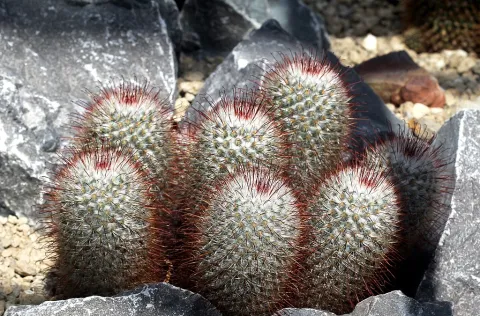
Mammillaria bombycina
Discover

Mammillaria zeilmanniana
Discover
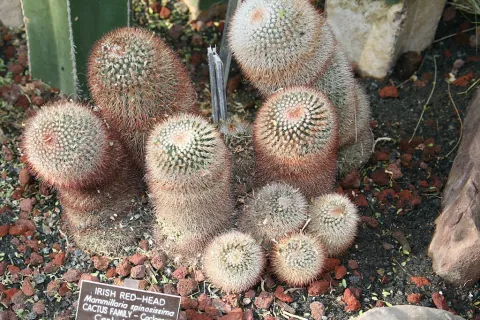
Mammillaria spinosissima
Discover

Mammillaria polythele
Discover

